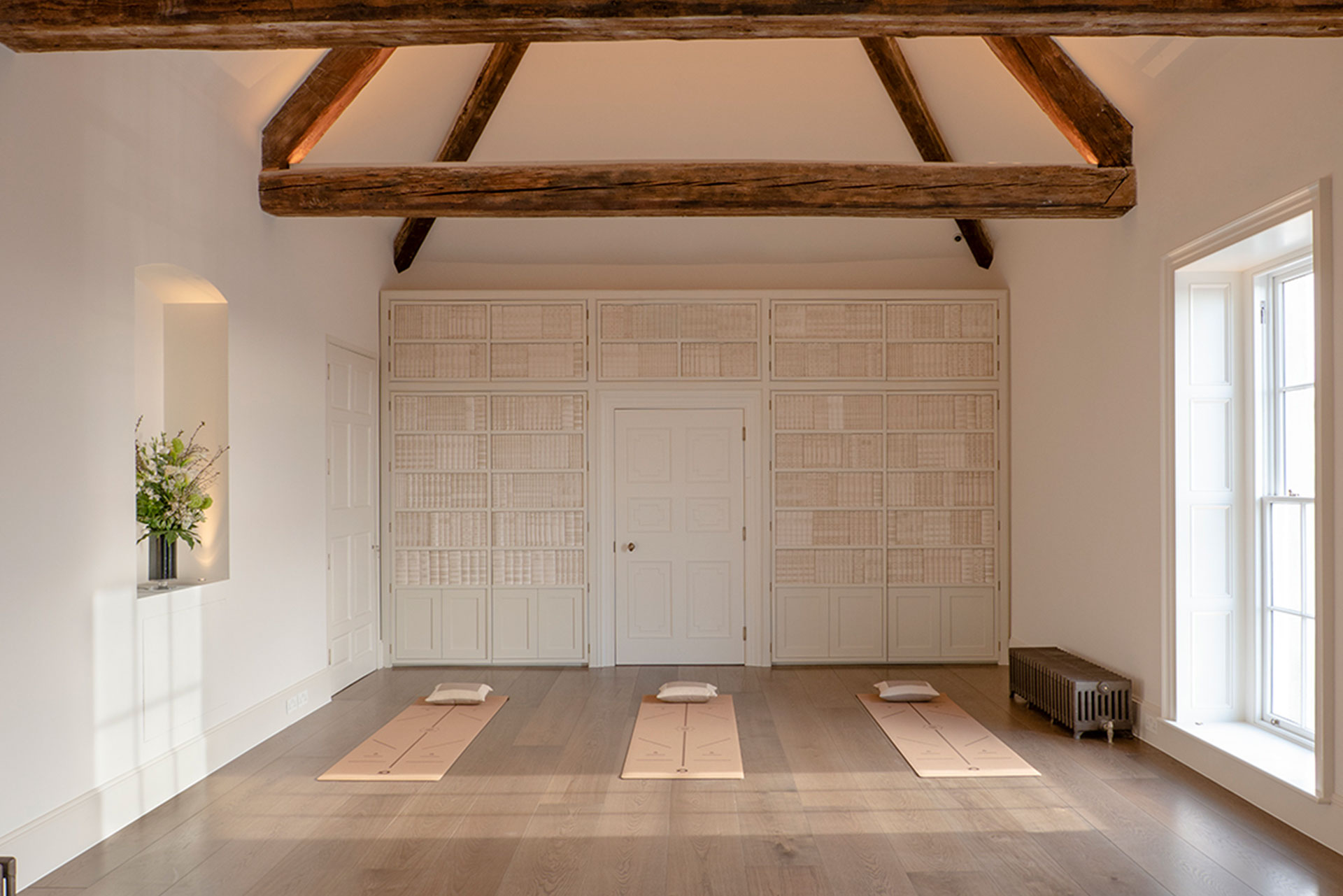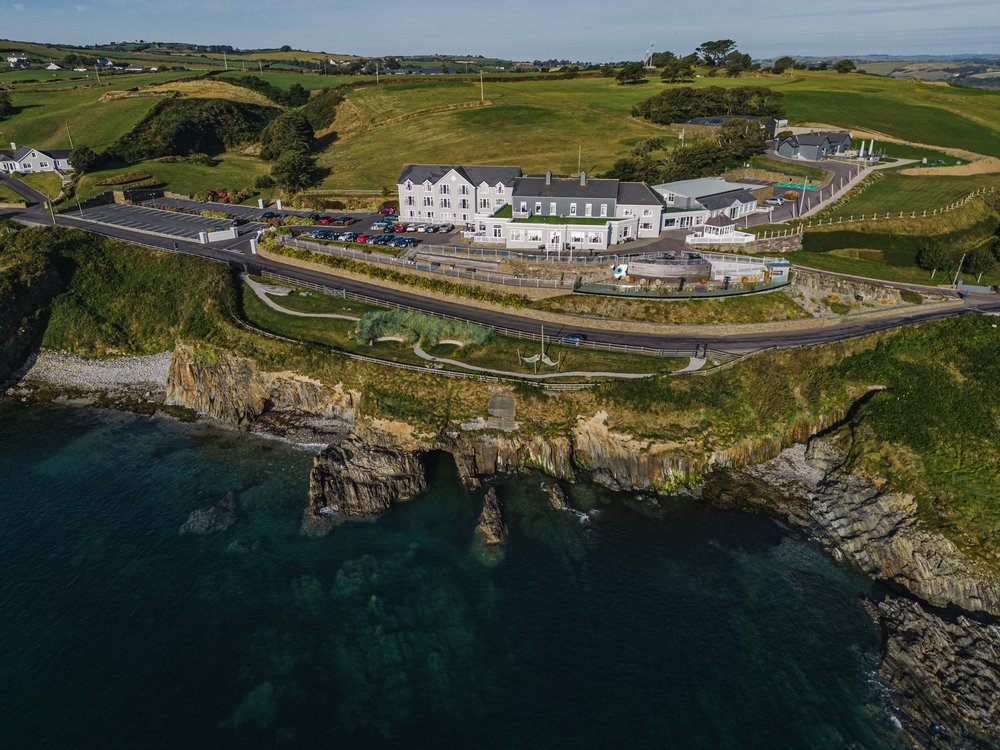Calf pain presents at one time or another for runners and along with the dreaded ‘runner’s knee’ is common, frustrating and there are a variety of causes and treatments. Calf pain is often severe, building up into a cramp like feeling and can cause a runner to stop up and pull out of their training session. It also settles rapidly on cessation of running. Clients commonly tell me that their calf feels ‘tight’.

On examination tightness or muscle length may not be the issue! One observation I have made over the years is that the soleus is shown to be weak in comparison to its thinner gastrocnemius muscle. As you read in my previous blog on CALF LENGTH, the soleus is one of the two major calf muscles, deeper and lower than the gastrocnemius. To assess if your calf is tight or not try this:
Knee to wall test. See how far you can move the foot away from wall and still touch the knee to the wall and keep your heel on the ground. Knee over 2nd toe. Measure distance from big toe to wall.

Generally anything less than 12 cm is short. It is best to have someone experienced to test this as incorrect foot position can give a false reading.
If you are ‘tight, i.e less than 12cm from the wall – try the exercises in my previous blog on calf length. If you are ok on calf length the key I have found to treat runners calf pain is height achieved during a calf raise. Weakness is evident when it is difficult for runners to push up and lift their heels as high as possible or if fatigue sets in more rapidly on one leg than the other. Try this:
Heel Raise Test: A runner should be able to do 20-30 repeated single leg calf raises, managing an equal amount on both sides.

If there is a weakness or difference between sides it might be time to start strengthening. Here’s a sample exercise:
Stand on the weaker leg. Start with bent knee (to activate soleus). Raise heel to max height.
Push through ball of foot. Aim to extend (straighten) your knee at the highest point of the exercise.
Alternatively keep the knee bent throughout. Try 10-15 with good technique and repeat 3 times with a break of 2 mins between sets. Repeat this cycle twice a day 12 hours apart.
Significant strength changes take around 6-8 weeks.
I have been a follower of Tom Goom, a specialist Running Physio in the UK for some time. In the words of Roy Keane, credit where credit is due, check out his article for much more detail on calf strength http://www.running-physio.com/calf3/
Don’t forget calf pain isn’t always solely related to your calf muscle! Nerves, joints, circulation all play havoc in the area so as always, if in doubt, consult your physiotherapist. The above are sample exercises and are not suitable for every calf injury. Eccentric Calf raises, i.e. doing this exercise dropping the heel off a step before raising it has been shown to improve tendon properties which we will look into in further posts.



